Home>Garden Essentials>Crop Rotation In Which Are Planted Alternately With Crops Such As Corn
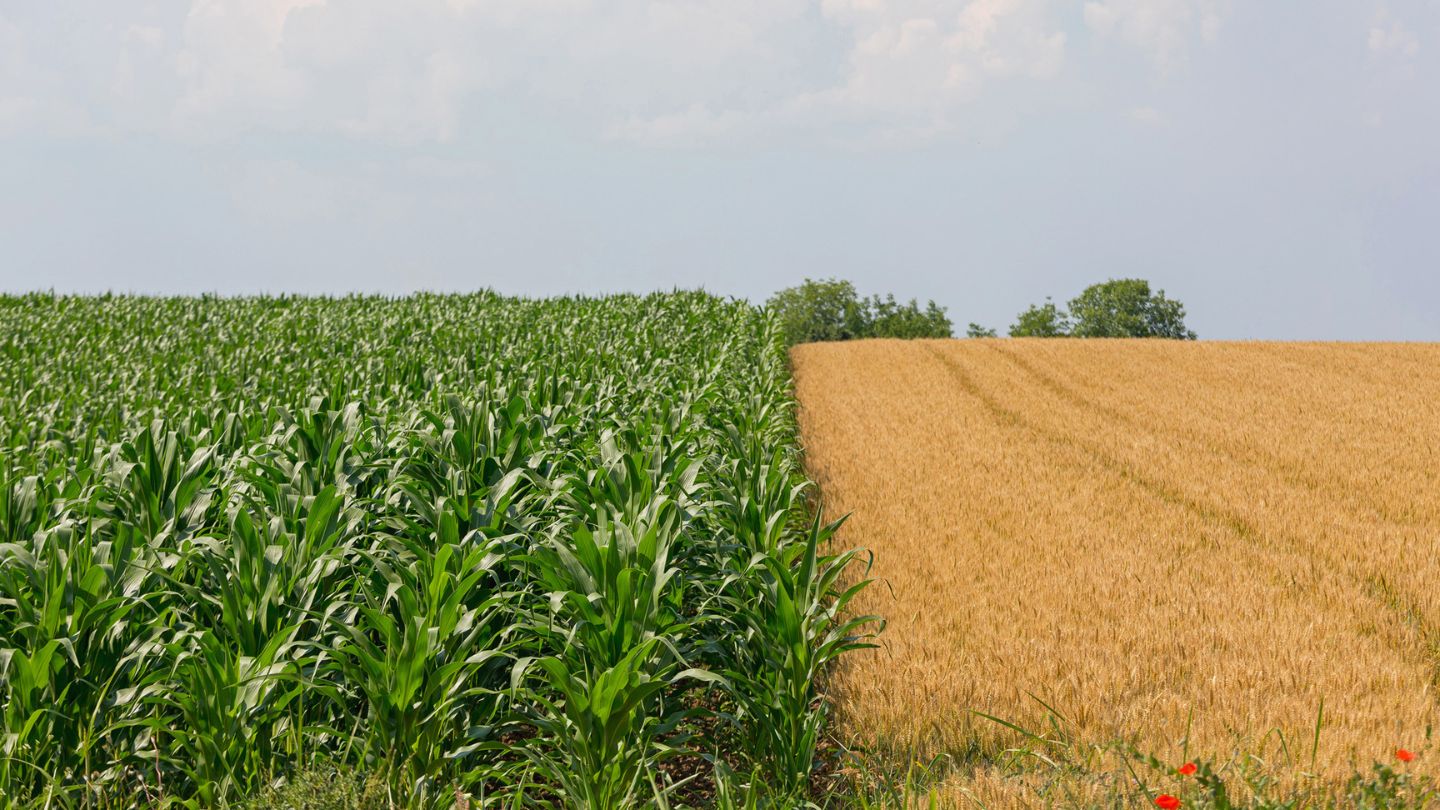

Garden Essentials
Crop Rotation In Which Are Planted Alternately With Crops Such As Corn
Modified: October 28, 2024
Discover the benefits of garden crop rotation! Learn how to maximize your yields by strategically planting crops like corn in alternation with other plants.
(Many of the links in this article redirect to a specific reviewed product. Your purchase of these products through affiliate links helps to generate commission for Storables.com, at no extra cost. Learn more)
Introduction
Crop rotation is a time-honored practice in agriculture where different crops are planted in a specific sequence or pattern on the same piece of land over time. This technique has been used for centuries to improve soil health, manage pests and diseases, and optimize crop yields. One common crop that is often included in crop rotation plans is corn.
In this article, we will explore the benefits of crop rotation, discuss the common crops used in rotation, and focus specifically on corn as a primary crop in rotation. We will also delve into the importance of alternating crops with corn, potential challenges that may arise, and offer best practices for successful crop rotation with corn.
Crop rotation offers numerous advantages for both the soil and the crops themselves. By planting different crops in a rotational sequence, farmers can break the cycles of pests and diseases that may target specific crops. This reduces the need for chemical interventions and promotes overall plant health.
Furthermore, different crops have different root systems, nutrient requirements, and growth habits. By rotating crops, farmers can prevent soil exhaustion and nutrient depletion, as some crops may deplete specific nutrients while others replenish them. This leads to improved soil fertility over time and helps maintain sustainable agricultural practices.
Additionally, crop rotation can contribute to weed control. Some weed species are specific to certain crops, so by alternating crops, farmers can interrupt the life cycles of these weeds, reducing their prevalence and the need for herbicides.
Another benefit of crop rotation is improved water management. Different crops have varying water requirements, and by diversifying plant types, farmers can reduce water stress on the soil and optimize irrigation practices.
Now that we have established the importance of crop rotation, let’s explore the specific crops commonly used in rotation, starting with corn.
Key Takeaways:
- Crop rotation with corn improves soil health, reduces pests, and increases crop yields. It’s like giving the soil a refreshing break and switching up the team to keep everything in top shape.
- Alternating crops with corn helps manage pests, optimize nutrients, and promote sustainability. It’s like creating a balanced and diverse team to tackle challenges and keep the farm thriving.
Read more: Crop Rotation: What To Plant After Tomatoes
Benefits of Crop Rotation
Crop rotation is a valuable agricultural practice that offers numerous benefits to farmers and the environment. Let’s take a closer look at some of the key advantages of implementing crop rotation in farming systems.
- Improved Soil Health: One of the primary benefits of crop rotation is the improvement of soil health. By alternating crops, farmers can break disease and pest cycles, reducing the risk of soil-borne pathogens and pests. Different crops have varying nutrient requirements, and crop rotation helps prevent nutrient depletion by allowing the soil to replenish specific nutrients between plantings. This leads to healthier soils and increased crop productivity over time.
- Pest and Disease Management: Crop rotation is an effective strategy for managing pests and diseases. Planting the same crop in the same location year after year can create a breeding ground for pests and pathogens that specifically target that crop. By rotating crops, farmers can disrupt these cycles, reducing the need for chemical interventions and minimizing the risk of widespread outbreaks. Different crops may also have natural pest-repelling properties or attract beneficial insects, further aiding in pest management.
- Weed Control: Crop rotation plays a crucial role in weed control. Different crops have different growth habits and nutrient requirements, which can help smother or outcompete weeds that may be specific to certain crops. By changing the crop planted in a particular field, farmers can disrupt the life cycle of certain weeds, reducing their prevalence and decreasing reliance on herbicides. Additionally, crop rotation allows for the implementation of other weed management strategies, such as cover cropping and mechanical cultivation.
- Increased Yield: Crop rotation can lead to increased crop yields. By providing favorable growing conditions and breaking pest and disease cycles, the overall health and productivity of crops are enhanced. Additionally, alternating crops with different nutrient needs helps to optimize soil fertility, ensuring that nutrients are utilized efficiently and minimizing yield losses due to nutrient deficiencies.
- Sustainable Agriculture: Crop rotation is a cornerstone of sustainable agriculture. It promotes a diverse and resilient farming system that reduces reliance on synthetic inputs, such as fertilizers and pesticides. By maintaining soil health, managing pests and diseases, and optimizing resource use, crop rotation contributes to the long-term sustainability of agricultural practices. It also helps preserve biodiversity by creating a habitat for beneficial insects and promoting ecological balance.
In summary, crop rotation offers a myriad of benefits, including improved soil health, better pest and disease management, enhanced weed control, increased crop yields, and the promotion of sustainable agricultural practices. By implementing crop rotation strategies, farmers can optimize their farming systems, reduce environmental impacts, and cultivate healthy, productive fields for years to come.
Common Crops Used in Crop Rotation
When it comes to crop rotation, there is a wide range of crops that can be used in rotation plans. The choice of crops depends on various factors, including climate, soil type, market demand, and specific goals of the farmer. Let’s explore some of the commonly used crops in crop rotation:
- Legumes: Leguminous crops, such as soybeans, peas, and lentils, are popular choices for crop rotation. These plants have the unique ability to fix atmospheric nitrogen through a symbiotic relationship with nitrogen-fixing bacteria. When these crops are grown, they contribute nitrogen to the soil, benefiting subsequent crops that require high nitrogen availability.
- Cereal Grains: Cereal grains, including wheat, barley, oats, and rye, are often included in crop rotation plans. These crops have deep root systems that help improve soil structure and water infiltration. Additionally, cereal grains are efficient at scavenging nutrients from the soil, making them beneficial for reducing nutrient leaching and improving overall soil health.
- Brassicas: Brassica crops, such as cabbage, broccoli, cauliflower, and kale, are common in crop rotation due to their positive effects on soil health and managing soil-borne diseases. These crops release natural compounds into the soil that can suppress certain pathogens and pests. Brassicas also have deep taproots that help break up compacted soil and improve drainage.
- Root Crops: Root crops like potatoes, carrots, beets, and radishes are often incorporated into crop rotation plans. These crops have fibrous root systems that help break up soil compaction and improve soil structure. Root crops are also efficient at utilizing nutrients from lower soil layers, making them valuable for nutrient cycling and reducing nutrient losses.
- Cover Crops: Cover crops are not harvested for commercial purposes but are grown primarily to benefit the soil and subsequent crops in rotation. Common cover crops include legumes like clover and vetch, as well as grasses like rye and oats. Cover crops help suppress weeds, prevent soil erosion, improve soil organic matter content, and enhance nutrient cycling.
It’s important to note that the specific crops used in crop rotation plans will vary depending on regional conditions and the specific goals of the farmer. The ideal rotation will consider factors such as the nutritional requirements of the crops, the presence of pests and diseases, and the desired improvements to soil health.
By strategically selecting and rotating these crops, farmers can maximize the benefits of crop rotation, promote sustainable farming practices, and create a more resilient and productive agricultural system.
Corn as a Primary Crop in Rotation
Corn, also known as maize, is a versatile and widely cultivated crop that often takes center stage as a primary crop in crop rotation plans. Due to its adaptability and economic importance, corn can be an excellent choice for farmers looking to optimize their rotation systems. Let’s delve into the reasons why corn is commonly included as a primary crop in rotation:
- Economic Value: Corn is a major cash crop with substantial economic value. It is used for a variety of purposes, including food production, animal feed, biofuel, and industrial applications. Its versatility and high demand make it financially attractive for farmers.
- Nutrient Demand: Corn is a nutrient-demanding crop, particularly in terms of nitrogen. Consequently, it can benefit from being rotated with leguminous crops, such as soybeans or clover, that fix atmospheric nitrogen and enrich the soil. By alternating between nitrogen-fixing crops and corn, farmers can improve soil fertility and reduce the need for synthetic fertilizers, thereby reducing input costs.
- Deep Root System: Corn has an extensive root system that reaches deep into the soil. This helps improve soil structure, increases water infiltration, and enhances nutrient uptake. The deep roots of corn help break up compacted soil layers, creating channels for water and air movement, and allowing subsequent crops in the rotation to access nutrients and moisture more efficiently.
- Biological Controls: Corn’s ability to host beneficial organisms, such as predators and parasites, makes it an excellent option for managing pests in a rotation system. By providing a habitat for these natural enemies, corn can help reduce pest populations and minimize the need for chemical interventions. For example, corn can act as a “trap crop” for pests like corn earworm, diverting them away from more vulnerable crops in the rotation.
- Residue Management: Corn residues, such as stalks and leaves, can be valuable for soil health and management. Incorporating corn residues into the soil helps increase organic matter content, improve moisture retention, and enhance microbial activity. This contributes to better soil structure and nutrient cycling, reducing erosion and promoting overall soil health.
It is important to note that corn does have some drawbacks as a primary crop in rotation. Continuous production of corn on the same field can lead to increased pest and disease pressure, especially if proper management practices are not followed. However, by incorporating other crops into the rotation, farmers can mitigate these risks and optimize the benefits of including corn in their rotation plans.
By carefully planning and implementing crop rotation strategies that include corn as a primary crop, farmers can improve soil fertility, reduce input costs, manage pests and diseases, and enhance the overall sustainability and profitability of their farming operations.
Tip: Rotate corn with legumes like beans or peas to improve soil fertility and reduce pests and diseases. This practice can also help increase crop yields.
Alternating Crops with Corn in a Rotation
When including corn as a primary crop in a rotation system, it is essential to incorporate other crops into the rotation to maximize the benefits and mitigate potential challenges. Alternating crops with corn offers several advantages and helps maintain the long-term sustainability of the farming operation. Let’s explore some key considerations when alternating crops with corn:
- Diversified Crop Selection: When alternating crops with corn, it is beneficial to select a diverse range of crops that have different growth habits, nutrient requirements, and pest vulnerabilities. This diversity helps break pest and disease cycles, reduces weed pressure, and prevents the buildup of specific pathogens that may target corn. Examples of suitable crops to rotate with corn include legumes, small grains, brassicas, and root crops.
- Matching Crop Residue Management: Crop residue management is an important factor in rotation planning. Corn residues can be heavy and may take longer to break down compared to residues from other crops. By alternating with crops that produce more easily decomposable residues, farmers can ensure a consistent breakdown rate and avoid potential issues with residue buildup. This will promote soil health and reduce the risk of diseases associated with crop residues.
- Nutrient Cycling: Alternating crops with different nutrient demands helps optimize nutrient cycling in the soil. Some crops, such as legumes, are nitrogen-fixing and can provide a natural source of nitrogen for subsequent crops. On the other hand, corn has high nitrogen requirements and can benefit from the nitrogen left behind by leguminous crops. By strategically selecting crops with complementary nutrient needs, farmers can reduce fertilizer inputs and promote efficient nutrient cycling in the rotation.
- Weed Management: Alternating crops disrupts weed cycles and reduces the risk of weed resistance to herbicides. Different crops have varying competitive abilities against weeds, and alternating crops can take advantage of this. For example, a cover crop with dense canopy cover can suppress weed growth, while a small grain crop can outcompete annual weeds. By implementing diverse crops in rotation, farmers can minimize weed pressure and reduce reliance on herbicides.
- Profitability and Market Considerations: It is essential to consider the profitability and market demand for the crops included in the rotation. By selecting crops with strong market demand and favorable pricing, farmers can optimize their economic returns. Additionally, diversifying the crop portfolio can reduce the overall financial risk, as a failure in one crop can be offset by the success of others.
Implementing a well-planned rotation system that alternates crops with corn can contribute to improved soil health, reduced pest and disease pressure, enhanced nutrient cycling, and effective weed management. It is crucial to carefully select crops that are compatible with the local climate, market demand, and production goals, ensuring a balanced and profitable rotation system.
By integrating various crops into the rotation and considering the specific needs and challenges of each crop, farmers can create a sustainable and resilient farming system that optimizes the benefits of alternating crops with corn.
Potential Challenges and Solutions in Crop Rotation with Corn
Crop rotation with corn offers numerous benefits, but it also presents certain challenges that farmers need to address. By understanding and proactively addressing these challenges, farmers can maximize the effectiveness and sustainability of their rotation systems. Let’s explore some potential challenges and solutions when incorporating corn into a crop rotation:
- Pest and Disease Pressure: Continuous corn production can lead to increased pest and disease pressure, as some pests and pathogens may build up in the soil or residue. To tackle this challenge, farmers can implement integrated pest management (IPM) strategies, such as scouting, rotation with non-host crops, and use of resistant corn varieties. By monitoring pest populations, practicing timely interventions, and deploying cultural and biological control methods, farmers can effectively manage pests and diseases in their rotation systems.
- Herbicide Resistance: Corn is a highly managed crop that often requires herbicide applications to control weeds. However, continuous use of the same herbicides can lead to weed species developing resistance. To combat herbicide resistance, farmers should incorporate diverse weed management practices in their rotation systems. This can include strategic herbicide rotation, use of different herbicide modes of action, implementation of cultural and mechanical weed control methods, and integration of cover crops to smother weed growth.
- Soil Erosion: Cornfields with exposed soil after harvest are susceptible to erosion, particularly during periods of heavy rainfall or strong winds. To mitigate soil erosion, farmers can implement conservation practices such as cover cropping, reduced tillage, and contour farming. Cover crops protect the soil surface, improve soil structure, and reduce water runoff. Reduced tillage practices help maintain soil structure and increase organic matter content, which enhances soil’s ability to hold water and resist erosion. Contour farming involves planting along the contour lines of the field to reduce the speed and volume of water runoff.
- Nutrient Management: Corn is a nutrient-demanding crop, particularly for nitrogen. Proper nutrient management is crucial to prevent nutrient imbalances, nutrient losses, and environmental pollution. Farmers can implement precision agriculture practices, such as soil testing, nutrient management planning, and targeted fertilizer applications. Additionally, incorporating leguminous crops into the rotation can provide a natural source of nitrogen, reducing reliance on synthetic fertilizers.
- Market Volatility: Corn prices can be subject to market volatility, influenced by factors such as supply and demand, weather conditions, and global commodity markets. To manage market risks, farmers can diversify their crop portfolio, include crops with stable market demand, and establish contracts or relationships with buyers before planting. This helps to secure market outlets and minimize the impact of price fluctuations on farm profitability.
By addressing these potential challenges through proactive management and the adoption of sustainable practices, farmers can overcome obstacles and ensure the long-term success of their crop rotation systems with corn. Implementing integrated pest management, diversifying weed management strategies, adopting soil conservation practices, optimizing nutrient management, and managing market risks are essential components of a resilient and profitable rotation system.
Overall, by being aware of common challenges and adopting appropriate solutions, farmers can optimize the benefits of crop rotation with corn and cultivate a sustainable and productive farming system.
Best Practices for Successful Crop Rotation with Corn
To ensure the success of a crop rotation system that includes corn, farmers should follow specific best practices. These practices help optimize soil health, manage pests and diseases, enhance nutrient cycling, and promote overall sustainability. Let’s explore some of the key best practices for successful crop rotation with corn:
- Plan and Diversify: Develop a well-thought-out crop rotation plan that considers the specific goals of your farm, soil health, climate conditions, and market demand. Aim for diversity by including crops from different families with varying nutrient requirements, growth habits, and pest vulnerabilities. This diversity helps break pest and disease cycles, improves soil health, and reduces weed pressure.
- Rotate with Nitrogen-Fixing Crops: Incorporate leguminous cover crops or grain crops into the rotation to fix atmospheric nitrogen and help meet the high nitrogen demands of corn. This reduces the need for synthetic nitrogen fertilizers, lowers input costs, and enhances soil fertility. Well-managed legume cover crops can provide substantial nitrogen contributions for subsequent corn crops.
- Manage Pests and Diseases: Implement integrated pest management (IPM) strategies to mitigate pest and disease pressure in the rotation system. Monitor pest populations, scout for diseases, and be aware of pest life cycles to time interventions effectively. Incorporate cultural practices such as crop residue management, crop rotation, and use of resistant corn varieties. Consider deploying biological control methods and judicious use of pesticides when necessary.
- Practice Proper Residue Management: Adequate residue management is vital for successful crop rotation with corn. Corn residues can be challenging to break down and may delay planting if not managed properly. Use tillage or other mechanical means to incorporate residues into the soil, ensuring decomposition over time. Consider cover cropping after corn to facilitate residue breakdown and keep the soil covered during fallow periods.
- Implement Conservation Practices: Incorporate conservation practices such as cover cropping, reduced tillage, and contour farming to reduce erosion, improve soil health, and conserve water. Cover crops protect soil from erosion, build organic matter, and suppress weeds. Reduced tillage practices preserve soil structure and minimize compaction. Contour farming, where applicable, reduces runoff and improves water infiltration.
- Optimize Nutrient Management: Test soil regularly to assess nutrient levels and use this information to develop a comprehensive nutrient management plan. Implement precision agriculture technologies to apply fertilizers more efficiently, minimizing nutrient losses and environmental impacts. Consider banding starter fertilizers to promote early corn growth and maximize nutrient uptake.
- Rotate Herbicides: Rotate herbicides with different modes of action to minimize the risk of weed resistance. This helps maintain effective weed control and minimizes the reliance on a single herbicide. Use residuals, tank mixtures, and post-emergence options strategically to target specific weed species and stages of growth. Monitor weed populations and adjust herbicide strategies accordingly.
- Market Planning: Stay informed about market conditions and demands to make informed decisions about crop selection and production. Establish relationships with buyers or explore contract options to secure market outlets and minimize market risks. Diversify your crop portfolio to reduce reliance on a single crop and spread market risks.
By following these best practices, farmers can optimize the benefits of crop rotation with corn, promote soil health, manage pests and diseases, maximize nutrient efficiency, and build a resilient and sustainable farming system. It is important to adapt these practices to specific farm conditions and stay updated with new research and innovations in crop rotation techniques.
Remember, successful crop rotation requires careful planning, attention to detail, and a commitment to continuous improvement. By implementing these best practices, farmers can cultivate healthy, productive fields and ensure the long-term success of their rotation systems with corn.
Conclusion
Crop rotation is a valuable practice in modern agriculture, and incorporating corn into rotation systems offers numerous benefits. By alternating crops with corn, farmers can enhance soil health, manage pests and diseases, optimize nutrient cycling, and promote sustainability in their farming operations. Through careful planning, diversification, and the implementation of best practices, successful crop rotation with corn can be achieved.
The benefits of crop rotation are manifold. By breaking pest and disease cycles, crop rotation reduces the reliance on chemical interventions and promotes plant health. It improves soil fertility by balancing nutrient requirements and preventing depletion. Weed control is enhanced as different crops have varying growth habits and can outcompete specific weed species. Additionally, crop rotation contributes to sustainable agricultural practices, conserving water, preserving biodiversity, and reducing environmental impacts.
When integrating corn into crop rotations, it is crucial to select diverse crops that complement its nutrient demands and growth habits. Leguminous crops are particularly valuable, as they fix atmospheric nitrogen and provide natural sources of this essential nutrient for subsequent corn crops. Effective residue management, including incorporation and decomposition of corn residues, helps maintain soil health and prevent disease build-up.
Addressing potential challenges, such as pest and disease pressure, herbicide resistance, soil erosion, and nutrient management, is crucial for successful crop rotation with corn. Integrated pest management strategies, herbicide rotation, conservation practices, and precision nutrient management play important roles in overcoming these challenges and ensuring the long-term sustainability of the rotation system.
Market considerations are also important in crop rotation planning. Diversifying the crop portfolio and establishing relationships with buyers help manage market risks and optimize economic returns. By staying informed about market conditions and demands, farmers can make informed decisions about crop selection, production, and marketing strategies.
In conclusion, crop rotation with corn is a valuable tool for farmers to enhance soil health, manage pests and diseases, optimize nutrient cycling, and promote sustainable agriculture. By following best practices, diversifying crops, and adapting management strategies, farmers can cultivate healthy and productive fields, ensuring long-term success and profitability in their rotation systems with corn.
Frequently Asked Questions about Crop Rotation In Which Are Planted Alternately With Crops Such As Corn
Was this page helpful?
At Storables.com, we guarantee accurate and reliable information. Our content, validated by Expert Board Contributors, is crafted following stringent Editorial Policies. We're committed to providing you with well-researched, expert-backed insights for all your informational needs.
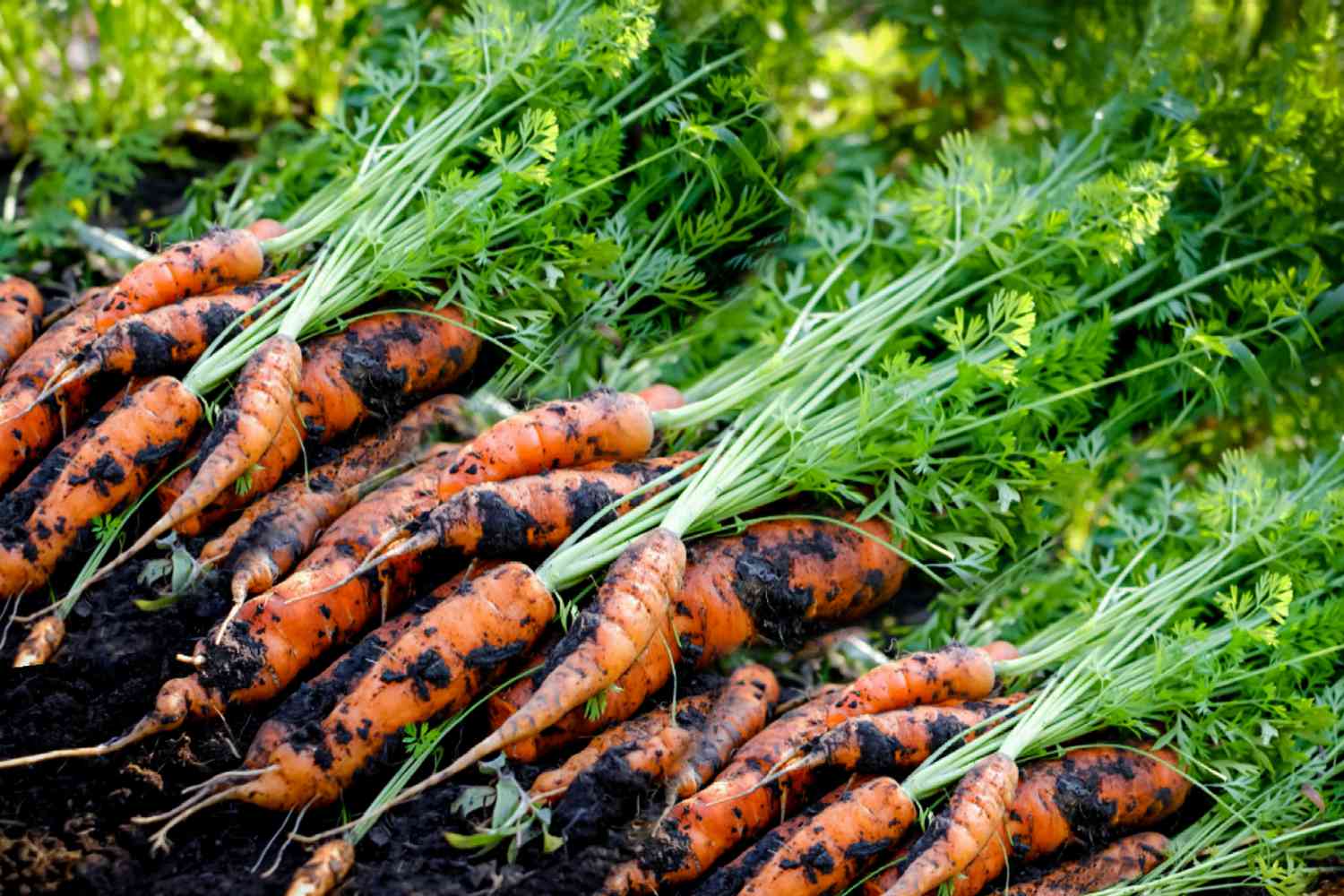
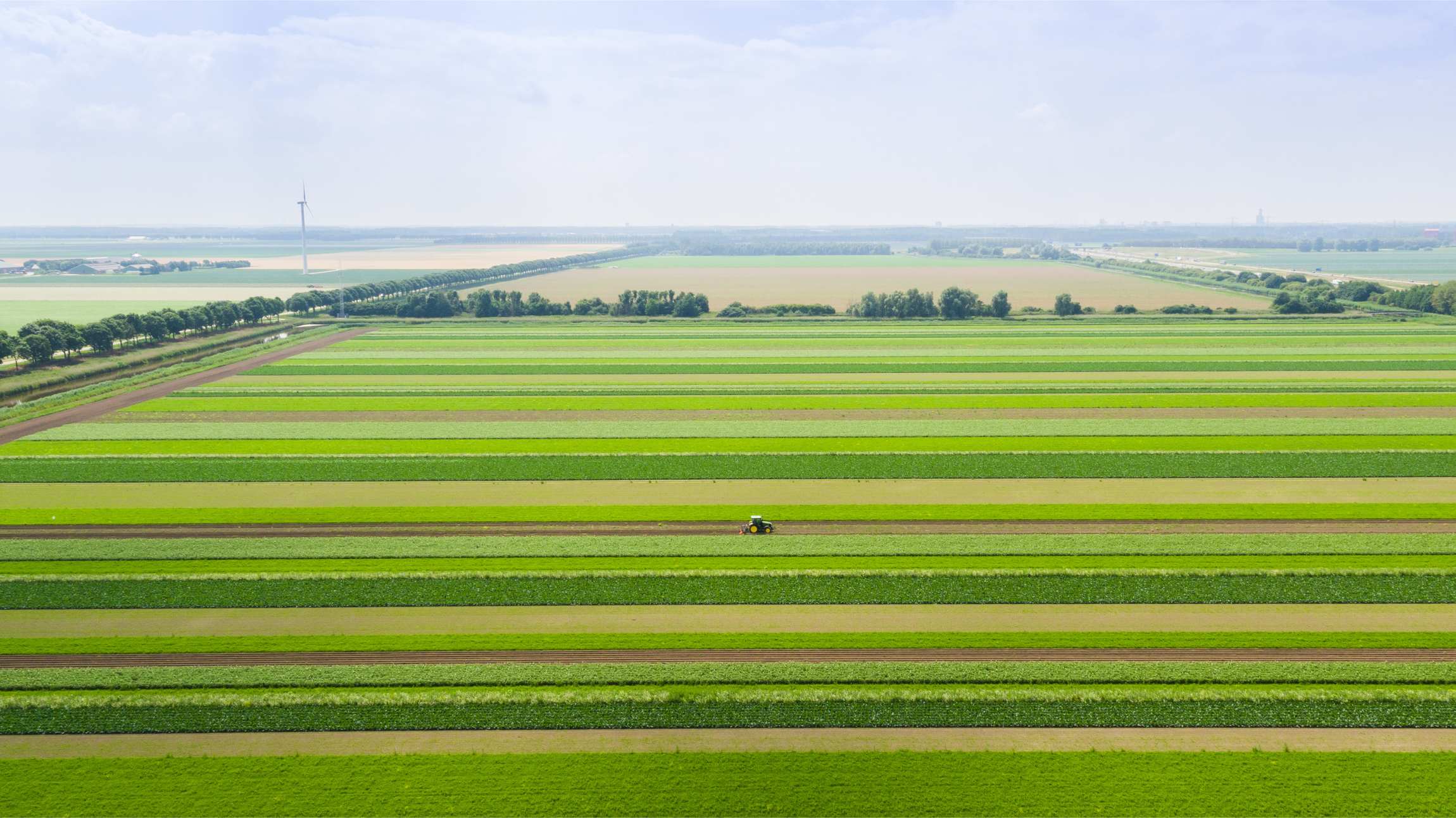
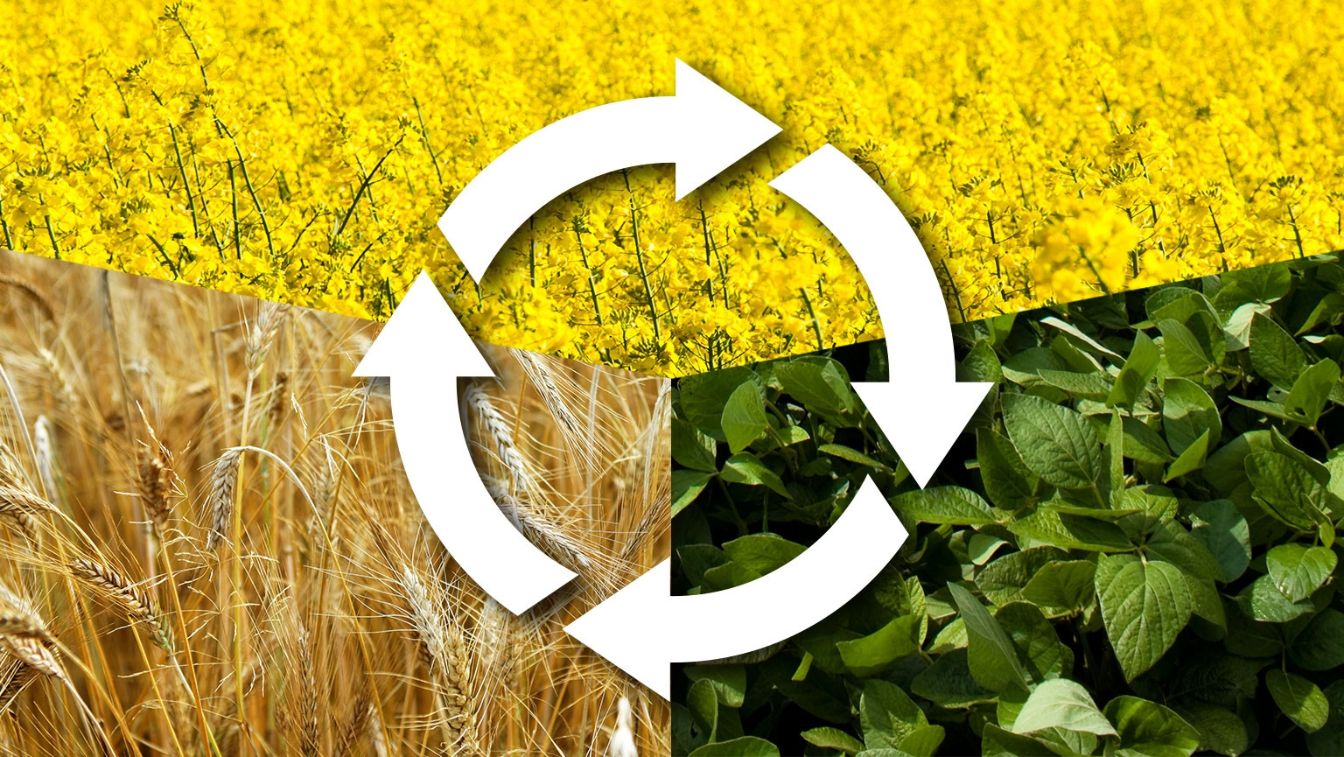
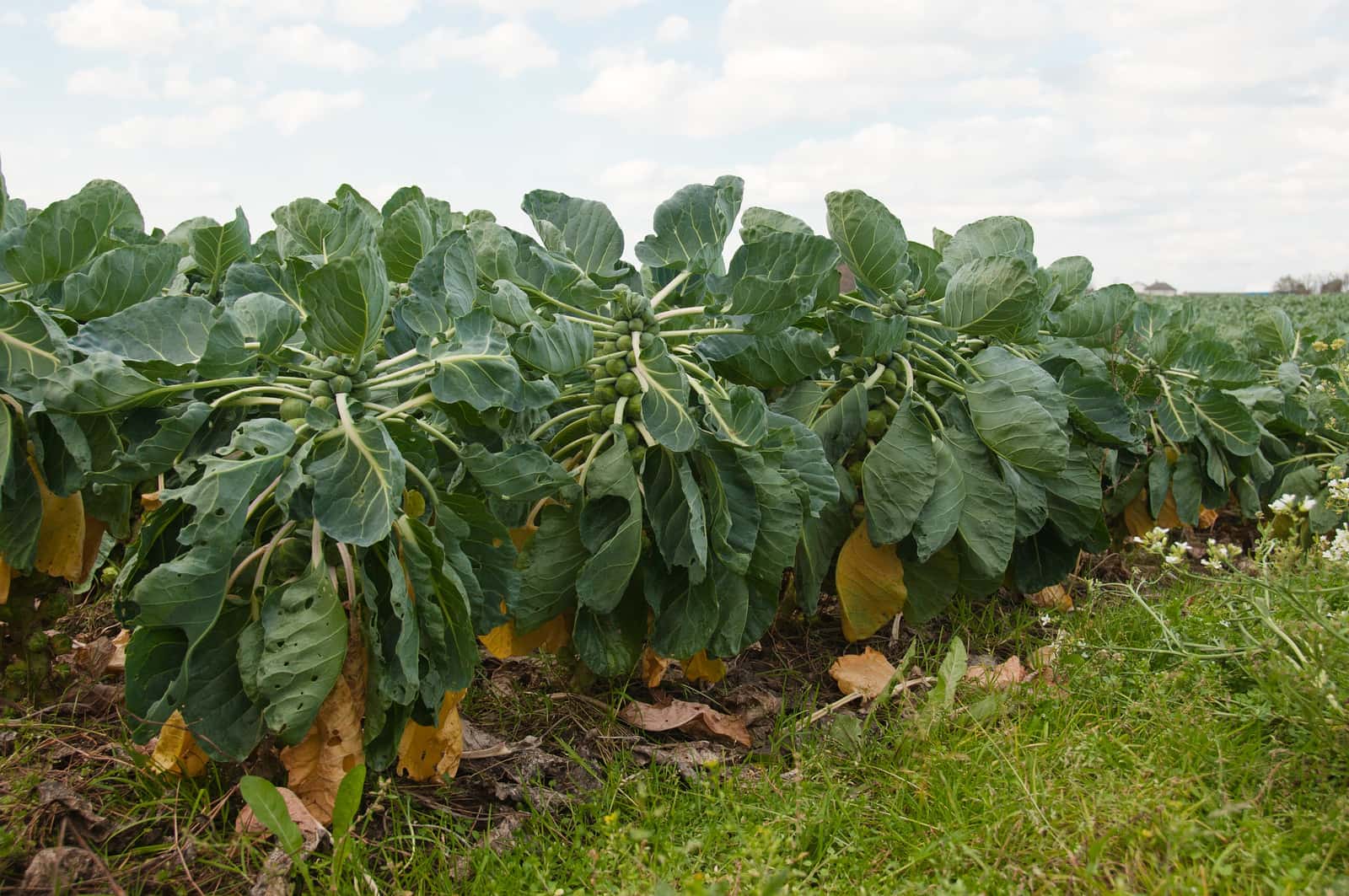


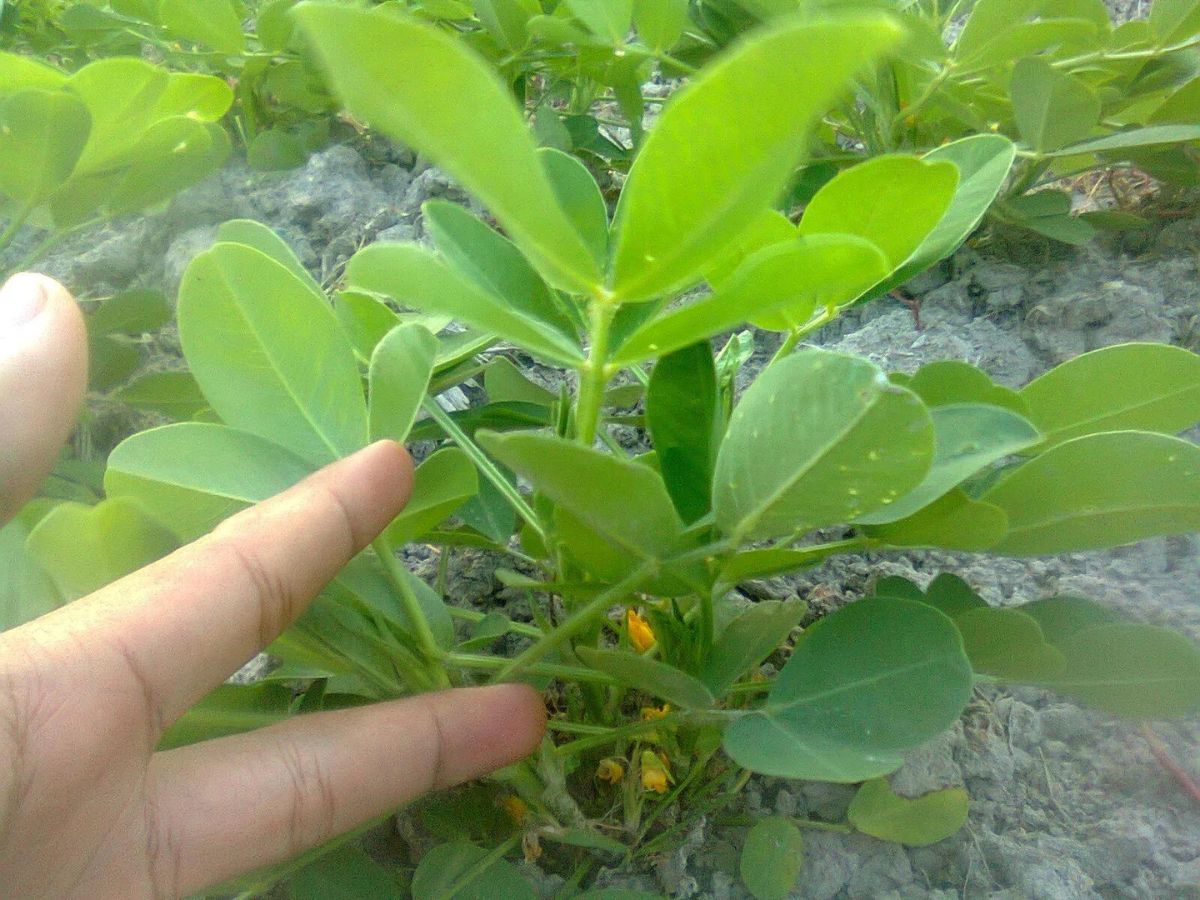
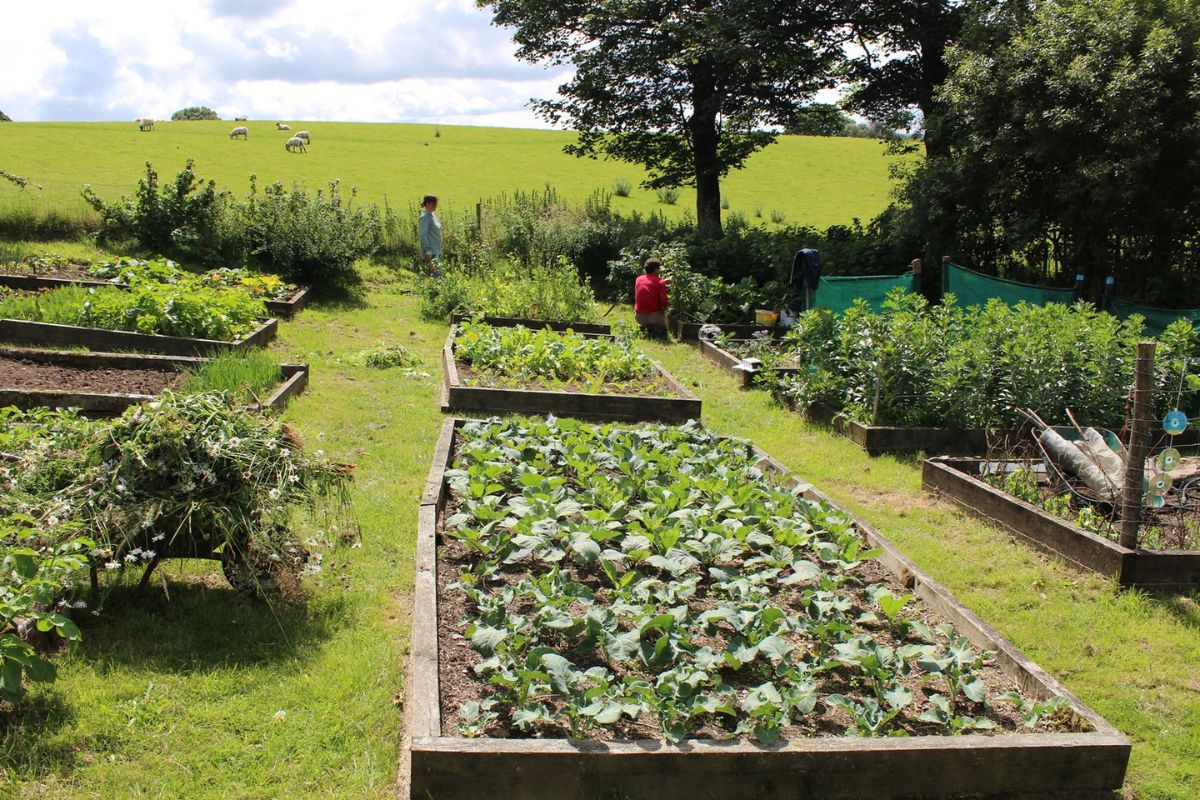
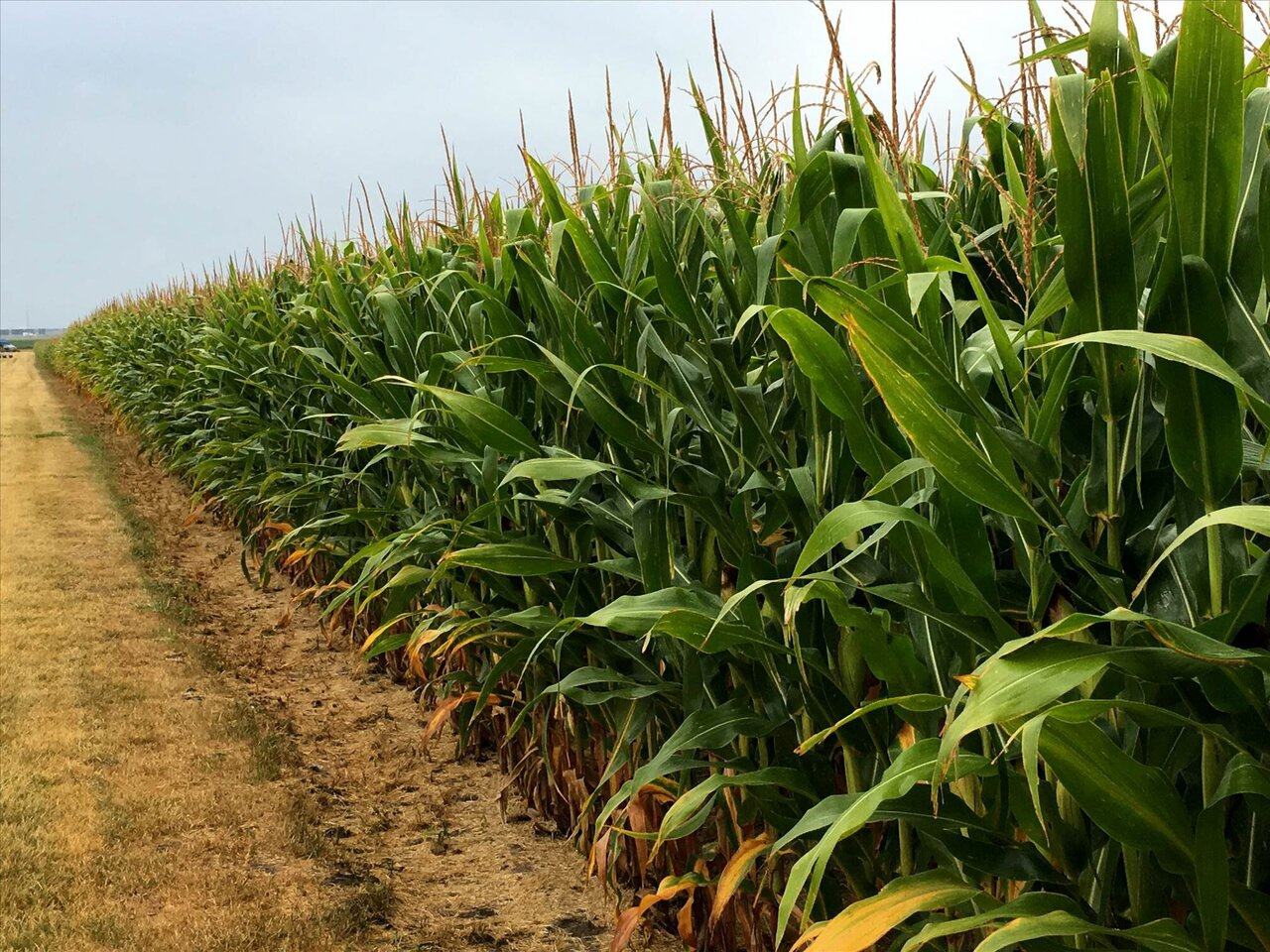
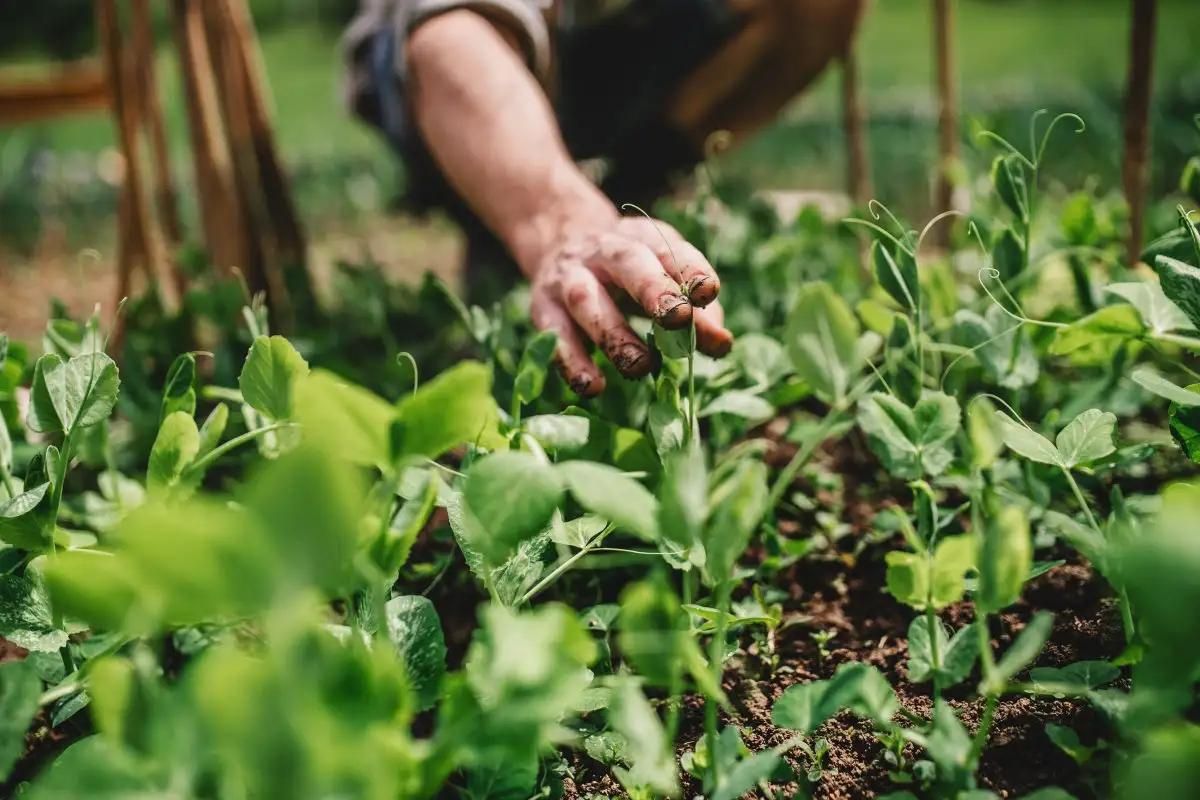
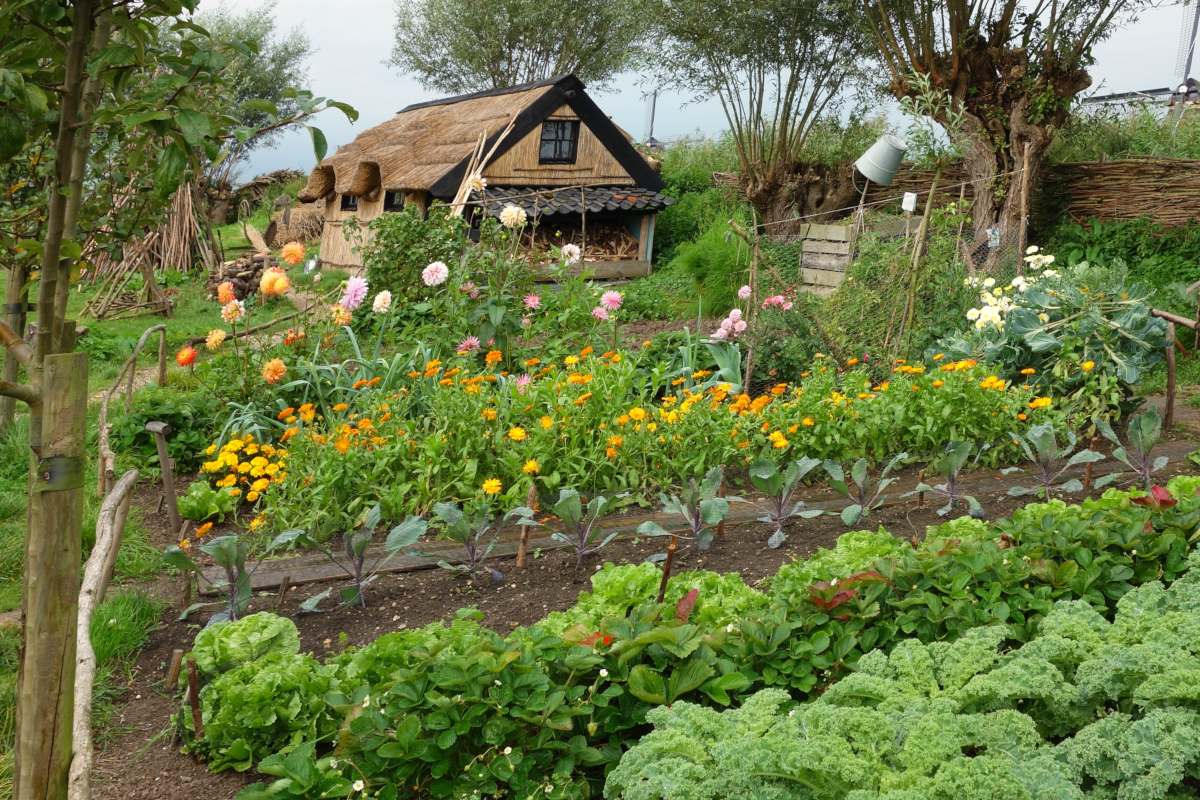
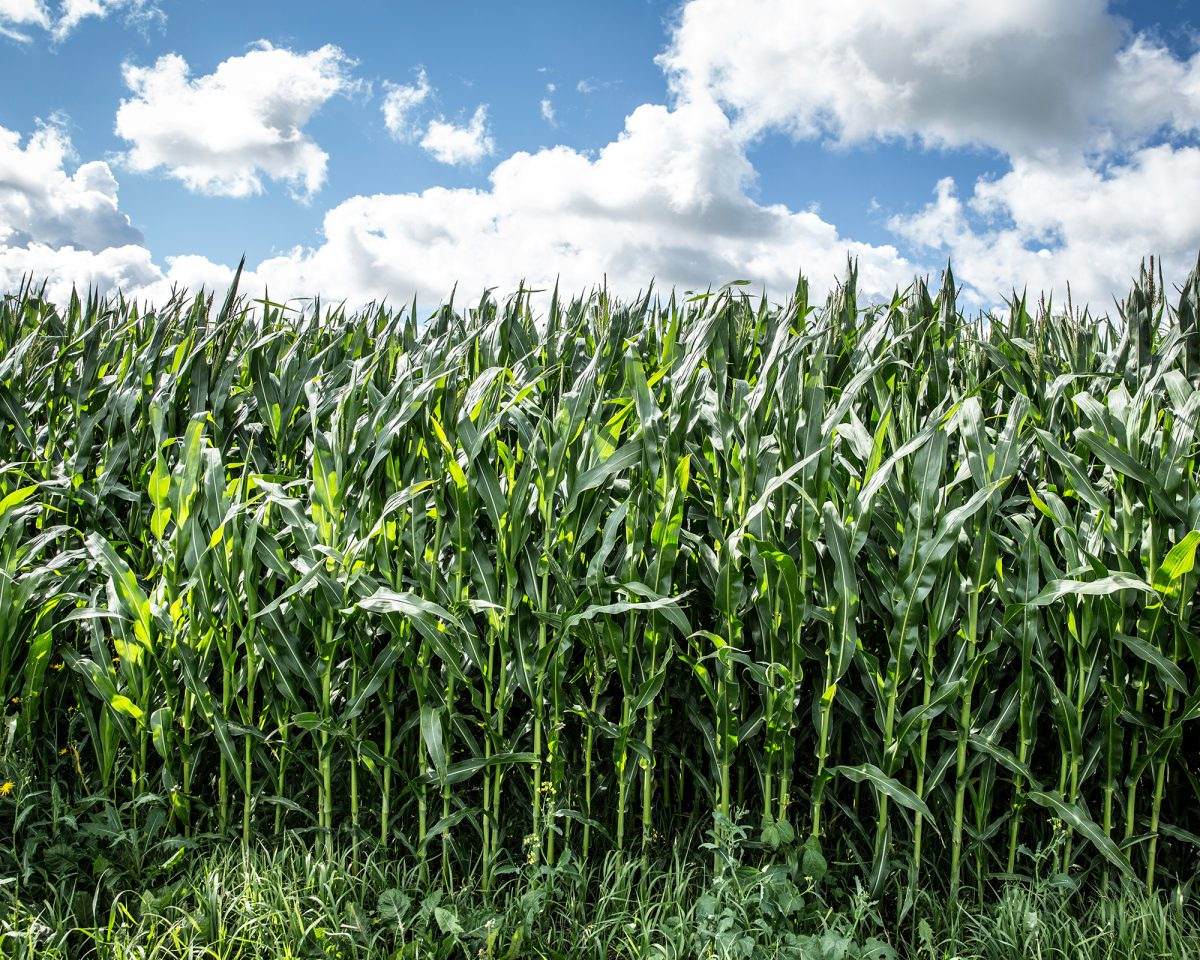
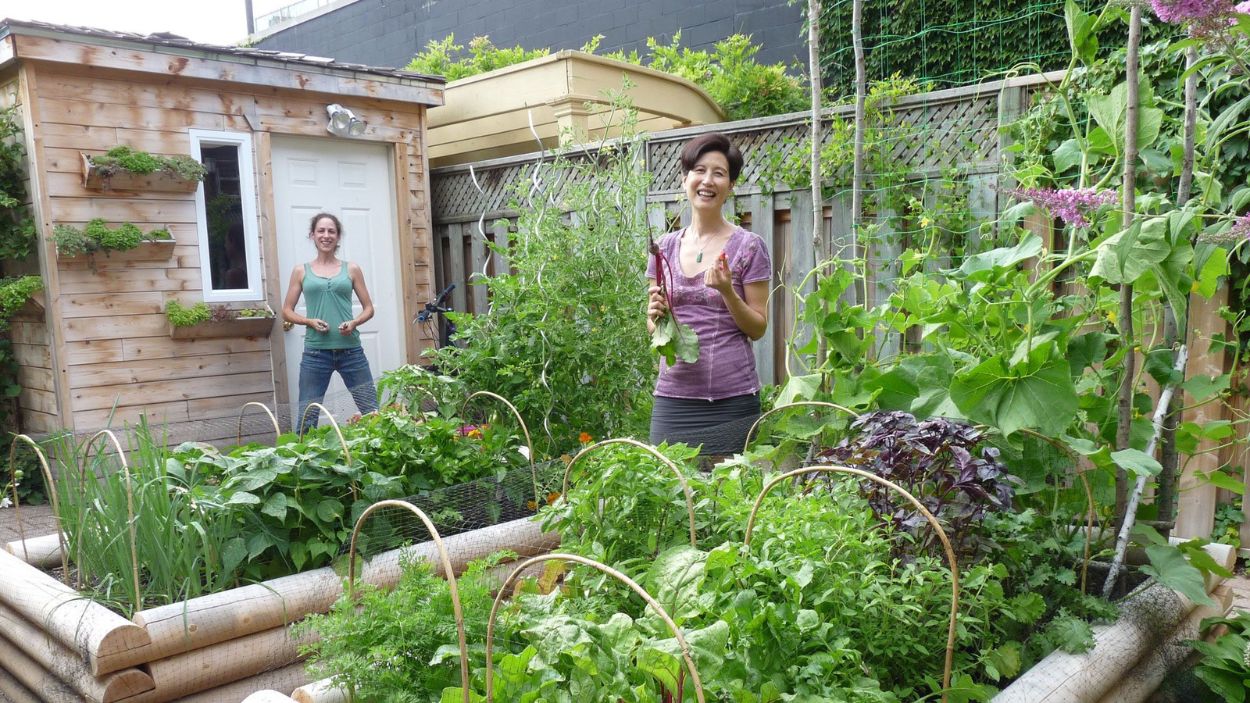


0 thoughts on “Crop Rotation In Which Are Planted Alternately With Crops Such As Corn”